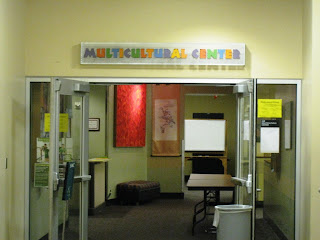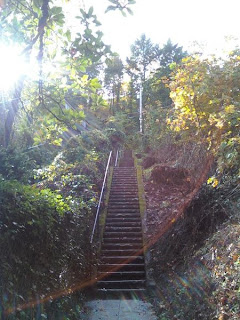
The Emphasis on this center, located in Smith memorial student union on the 2nd floor room 228, is that "It Belongs to Students!" Jon Joiner who is the Coordinator for the Multicultural Center wants all students to know that the multicultural center belongs to them and that it is a resource that is here to serve students. It is a place to come in and study, to use computers, to come in for events, and is a social place of support for under-represented and majority students alike. Joiner reffered to the center as a students "Home Away from Home." The center offers speakers forums, peer to peer mentoring, international coffee hour, a study community, and many other great rewards.
The Multicultural center supports and promotes: student focus, social justice, a respect and embrace of differences and commonalities, and the shared value of multicultural history, traditions and customs. The vision of the Multicultural center is to prepare students to be global citizens.
Joiners message to students :
"We are committed to providing each student, regardless of class standing, the opportunity to obtain a quality multicultural education and assisting in the achievement of personal development goals.
Our entire raison d'etre is to be of service to community members of all backgrounds in a practical and effective manner and to further the cause of diversity in all areas of our campus community.
Please help us reach our goals and yours by becoming a regular user/contributor/friend of the MCC in any capacity you see fit. Whether you're looking for space to hold an event, a teach-in, help with event-planning or cosponsorship, please feel free to contact us anytime." - Jon Joiner.
The Multicultural center has a list of events that they hold and that is open to the public. For more information on the multicultural center and their events and services , please visit : http://www.pdx.edu/mcc























